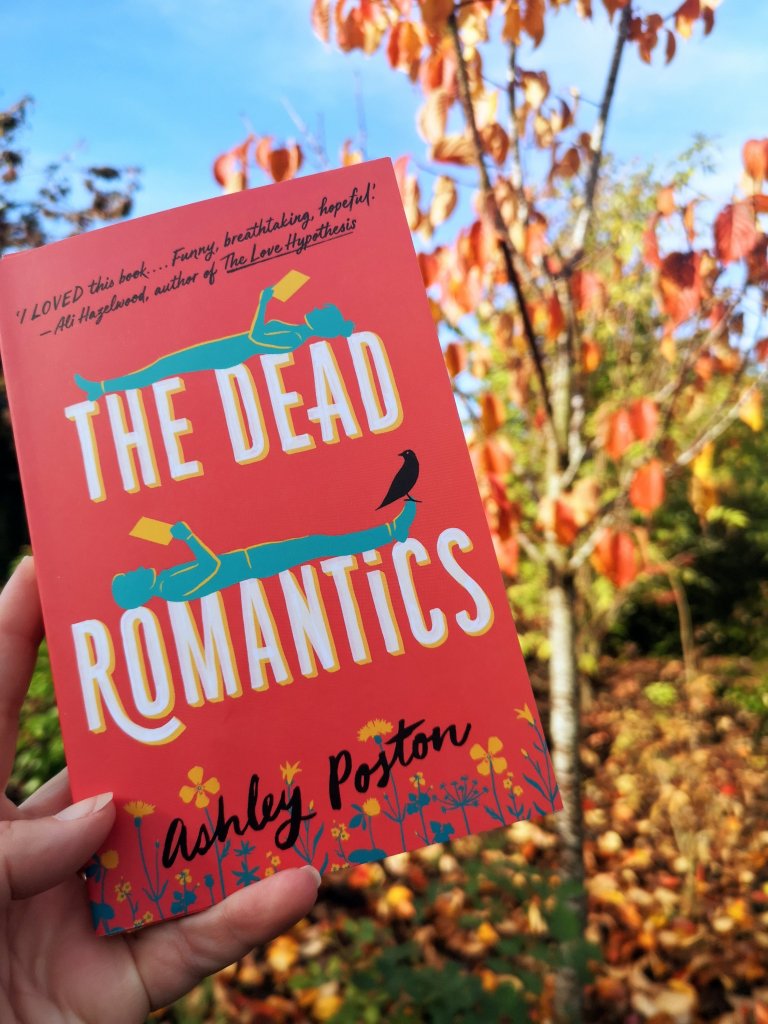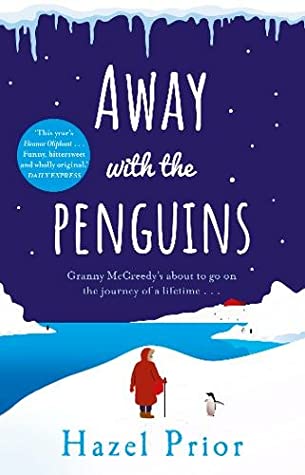
Today’s post is by romance author and book coach Trisha Jenn Loehr (@trishajennreads).
When writers think of writing intimate scenes, our minds often go straight to the bedroom—to romantic or sexual intimacy. But that puts an unnecessary constraint on what intimacy is when intimacy can be physical or emotional, platonic or romantic. At its simplest, intimacy in a relationship is the state of closeness or deep familiarity. Regardless of what their relationship is, emotional intimacy between characters often begins long before they get physically intimate (if they ever do) and some level of emotional intimacy belongs in every close relationship.
No matter what you’re writing (even if it’s not romance), emotional intimacy between characters is important to creating authentic relationships and creates the backbone for deep relationships between characters and readers.
Emotional intimacy is a bond based on mutual understanding, vulnerability, and trust.
Yes, these are necessary qualities of successful romantic relationships and make those steamy scenes in my favorite romance novels even more fun to read. Emotional intimacy can level up scenes with physical intimacy to the place where the physical interaction feels more profound and more impactful for both the character and the reader.
But pause and consider how important mutual understanding, vulnerability, and trust are to other relationships. A friendship or a familial relationship that lacks any of these things will be either flat and boring or will be full of tension and conflict caused by misunderstanding.
Think about your protagonist, regardless of whether they are romantically involved with anyone. They are likely to have close relationships with at least one, if not multiple, other characters.
A character will have varying levels of closeness (i.e., emotional intimacy) in relationships with:
- friends
- coworkers
- parents
- siblings
- cousins
- roommates
- mentors
- and yes, their partner or love interest.
There can even be moments of emotional intimacy between acquaintances or strangers who have a shared experience or mutual understanding.
These various levels of emotional intimacy allow the reader to get to know your protagonist and the other characters they interact with. Showing emotional intimacy between characters is a way to show various aspects of who that character is—what they like or don’t like, what they believe, and who they share their thoughts and hopes and dreams and fears with.
Moments of emotional intimacy enable readers to care about characters by seeing them be cared for and care for others. Writing moments of emotional intimacy (or the lack of it) between characters helps your readers assess the dynamics between the characters, their roles in the story, and the arc of change within the relationship or caused by their relationship.
Emotional intimacy is often shown in the small things, the quiet moments, and even moments unspoken.
In moments of emotional intimacy, characters are increasingly comfortable together. They open up to one another and communicate their truths, fears, and insecurities. They support each other without needing to be asked, or they validate the other person’s feelings.
Emotional intimacy can be shown through:
- remembering someone’s preferences
- shared or inside jokes
- understanding non-verbal cues
- honest conversations about hopes, fears, dreams, traumas
- positive physical reactions to another character that shows a feeling of safety or comfort
Emotional intimacy between friends/love interests: In Ali Hazelwood’s contemporary YA romance Check & Mate, one character anonymously sends a hotel room service order of chicken soup and three Snickers bars to another character who is having a stressful day. The recipient knows immediately who sent it (but tries to tell herself she’s wrong). This moment mirrors a scene earlier in the novel when she made him chicken soup while sick and commented on how she was charging him for the supplies she bought, including the “emotional support Snickers bar” that she purchased for herself.
Emotional intimacy between siblings: In Brenna Bailey’s queer small town romance Wishing on Winter, after retiring from his life as a rockstar, a man moves in with his sister to help her out. He goes grocery shopping to fill her fridge and buys all her favorite foods that he can think of, most notably the cookies with the jam in the middle.
Emotional intimacy between an acquaintance/mentor and mentee: In Julie Murphy’s YA novel Dumplin’, a teenage girl expresses her grief at the death of her late aunt. In losing her beloved aunt, she also lost her compass. Her friend suggests that maybe her aunt was only supposed to be her compass until she was able to be her own compass. This interaction spurs the teen girl to choose her own destiny, and leads to the friend becoming a mentor character later in the novel.
Emotional intimacy can be shown through character actions, dialogue, and internal narrative.
As seen in the above examples, emotional intimacy can be shown or developed through a variety of writing methods, including:
- how characters interact with each other and with others (and how that might differ)
- what they know about one another and their shared or diverging memories/interpretations of events
- what characters choose to disclose or talk about and with whom
- how their thoughts about or around the other characters demonstrate their motivations, fears, weaknesses and more
Showcasing moments of emotional intimacy allow your reader to know your characters better, care for them more, and be more invested in the outcome of your story.

Trisha Jenn Loehr is a romance writer and Author Accelerator certified book coach who helps busy women who want to write romance novels without guilt or shame prioritize their writing, develop their craft, and find joy in the journey toward their publishing dreams. Connect with her on Instagram @trishajennreads and at trishajennreads.com.






